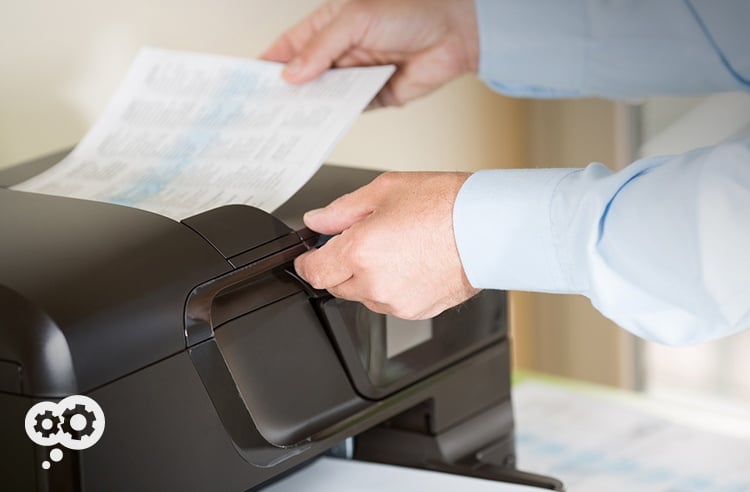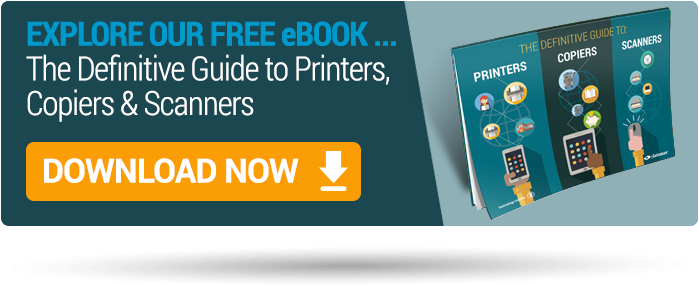
It’s your favorite time of day, time to scan the documents (and, yes, that is a reference to the Dunkin’ Donuts commercial from the 80s).
Regardless of what type of device you’re using to capture paper documents, there are a few tips you can use to make the process as smooth, fast, and efficient as possible.
The top 8 document preparation tips for scanning:
- Right Device. Capture devices are available in a wide range of sizes and speeds – from a small, desktop personal scanner capable of 10 pages per minute to high-speed devices capable of thousands of pages per hour. You want a scanner fast enough to get the job done, with maybe a little capacity left over for peak times.
a. Speed – Scanners can become pricy, so look for a “fast enough” device that won’t suck up more of your time than necessary.
b. Format – if you need to scan a lot of insurance cards or photos or legal-sized documents, you want to be sure you have equipment that can handle those formats. - ADF. The automatic document feeder is the tray on your device that will automatically “feed” documents into the scanner. You want to be sure it’s working! From 10s to hundreds of documents, drop them in and push the button. Unless you’re scanning fragile documents or books, you don’t want to feed documents in one at a time.
- Torn pages. Feeding a partially torn page into a scanner is like an 18-wheeler slamming the brakes on a rain-slick road – it’s probably going to jackknife. The last thing you want is for a document to tear, requiring you to open and extract the pieces (if you can even reach them). Take a few moments to tape torn pages. A little document preparation goes a long way.
- Metal detector. Be sure to check for and remove all paper clips and staples. Either can cause damage to your scanning device and could require repair services. If your document was stapled, separate the pages – if not many times the pages will stick together.
- The shuffle. If the paper to be scanned is too “clean” it could more easily double-feed. Take your thumb and fan the edge of the stack like you would a deck of cards. This will create a little air and space between the documents and eliminate static electricity.
- Multi-feed/blank page detection. This isn’t really a document prep tip, but still helps productivity. Most scanners will detect a double feed or a blank page so that you can find that double-fed document and rescan it.
- “Batches . . . we do need stinking batches.”* Organize documents by file type so that you can save groups of documents to the same location more easily. In large volumes of documents to be scanned, you can also add batch separate sheets with barcodes for document scanning – but we’ll get into that another time. Batches also allow you to more easily group and file or dispose of the paper documents.
- Clean up. In addition to the paper being ready, you’ll want to be sure the scanner is as well. At least once a month, clean the glass on the scanner to remove smudges, dirt, and any accumulated gunk from paper. If you scan frequently, clean more frequently.
These eight simple tips will help ensure smooth sailing when it comes to scanning your paper documents. Have you tried any other tips that worked for you? We’d love to hear them – share them below in the comments section.
*For you Blazing Saddle fans, couldn’t resist. For you non-Blazing Saddle fans, here’s where that’s from. Bit of movie trivia, the line is originally from the novel, The Treasure of the Sierra Nevada, and was also in John Huston’s film adaptation in 1948 (a good move, if you like a late-era Western).


